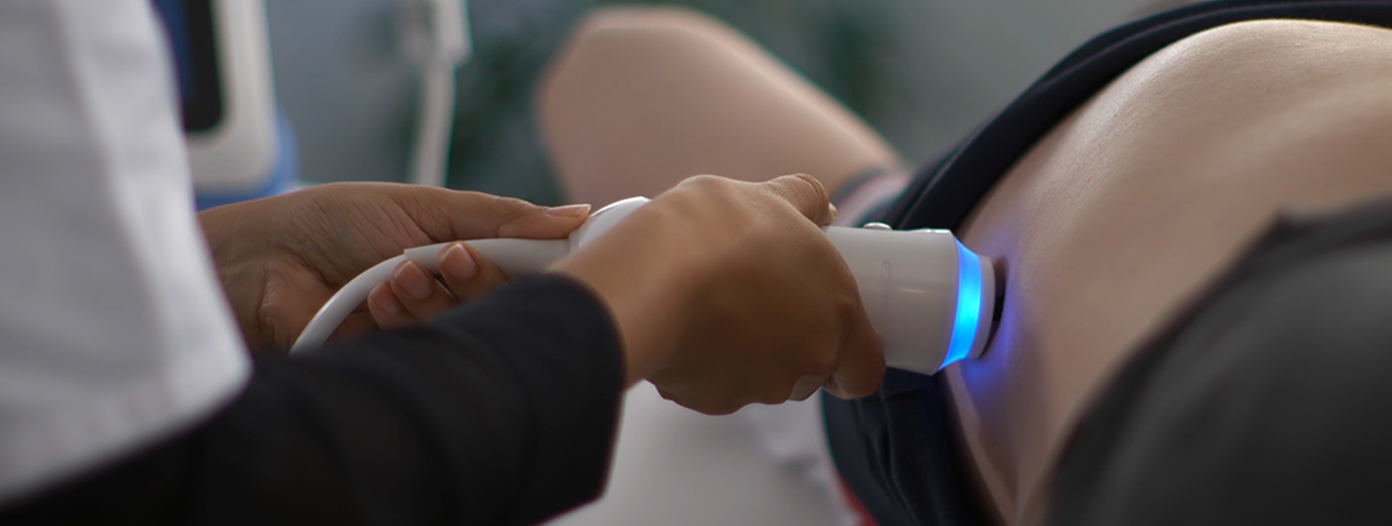“FibroScan is the most widely studied tool for quantitative liver assessment in the world, with over 2,000 peer-reviewed research publications,” says Dr. Laurent Sandrin, co-founder of Echosens. “FibroScan brings healthcare practitioners an unprecedented ability to quickly, painlessly and non-invasively assess liver health.”
Over 1,000 FibroScan systems have been placed in the United States, and Dr. Sandrin expects that FibroScan could eventually become an important component of point-of-care protocols in the doctor’s office or other healthcare setting, performed as part of an annual exam, during endoscopic screening or other diagnostic testing. With increased adoption by physicians, who recognize that NAFLD is reversible if caught in the early stages and, accompanied by lifestyle changes, FibroScan can emerge as a leading technology in the fight against the looming NAFLD epidemic.
“As many as half of adults in the United States may have NAFLD,” continues Dr. Sandrin. “Fibroscan can help detect the disease before it progresses and becomes symptomatic, reducing the risk that patients will develop more serious conditions like fibrosis, cirrhosis, and even cancer of the liver.”
As an example, an interim look at an ongoing study of 10,000 patients with no history of liver disease was conducted in community-based endoscopy centers. Using FibroScan, only 43 percent of patients evaluated had what is considered normal livers, while the remainder had some form of liver abnormality, ranging from elevated liver fat to liver fibrosis. This analysis of the first 367 patients suggests a significant rate of undiagnosed steatohepatitis liver disease in the population studied. This high prevalence of disease, a dramatic rise from observations made in previous years, were indicative of the critical need for ongoing assessment.
